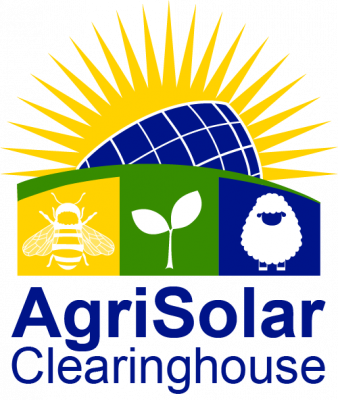
Watch: Connexus Energy’s Agri-Solar Field
NCAT’s Energy Program Director Stacie Peterson takes us on the Follow the Sun Tour to their Minnesota stop at Connexus Energy Headquarters. The tour included a solar Farm to Table Sampler featuring solar grown food next to Connexus’…
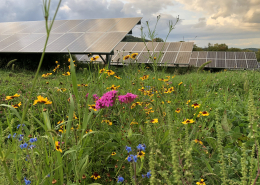
Watch: Agrivoltaics as a Climate-Smart Conservation Cropping Practice, Jack’s Solar Garden, and the AgriSolar Clearinghouse
In this webinar from the Indiana Conservation Cropping System Initiative, AgriSolar Clearinghouse partner Greg Barron-Gafford provides an agrivoltaics primer and a discussion of potential for agrivoltaics in climate-smart crop practices. Byron…
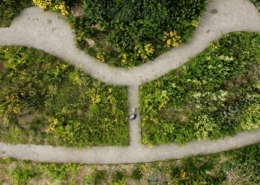
WATCH: Pollinators, Prairie, and Power
The relationship among plants, soil, insects, and water is complex. This film by Prairie Restorations, Inc. explains the unique opportunity to rebuild America's prairies and power the country, by co-locating solar arrays with pollinator…
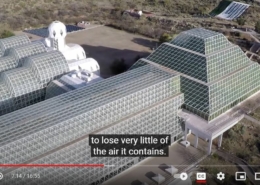
WATCH: Inside Biosphere 2 Agrivoltaics
AgriSolar Clearinghouse partner Greg Barron-Gafford highlights the Biosphere 2 work in Agrivoltaics, including the application of biosphere techniques to fine-tune agrivoltaic crop growing.
The project includes citizen science that…
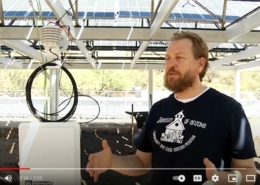
WATCH: Agrivoltaics with Greg Barron-Gafford
AgriSolar Clearinghouse partner Greg Barron-Gafford describes the mutual benefits of growing crops under solar panels in large-scale solar arrays.
In this video produced by Arizona Public Media, Dr. Gafford explains these benefits through…
